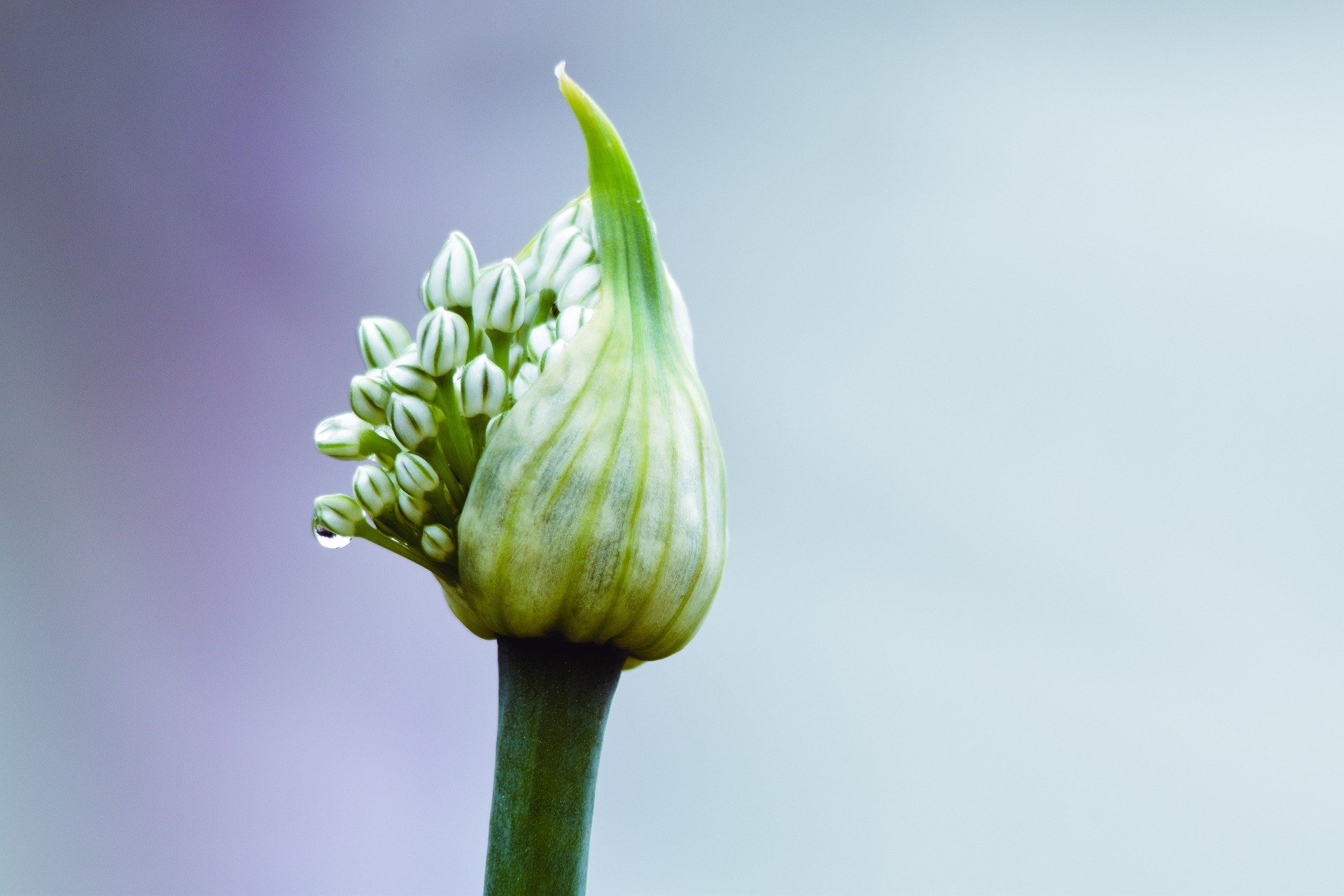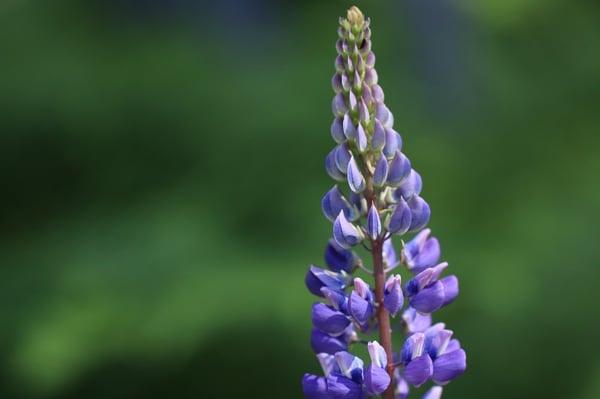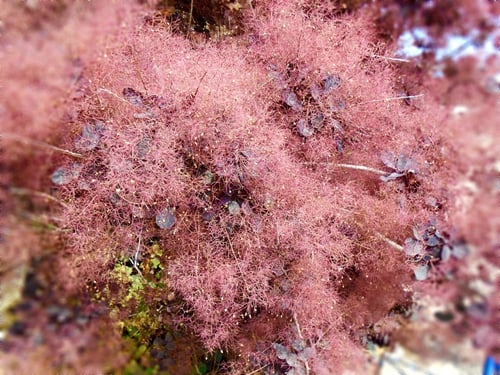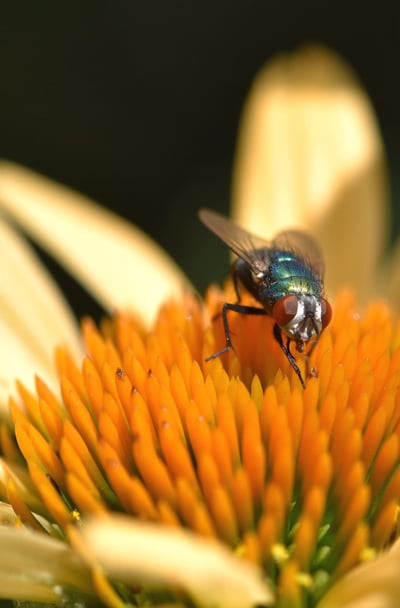
When deciding what to plant in your garden or on your green roof, there’s a lot to choose from, and a lot of classifications into which those plants fall. Here’s a look at natives, nativars and cultivars to help you make better decisions.
Figuring out what to plant in your garden is a chore, that’s for sure.
For some of us, it’s a joy. The winter calm, during which we can pore over gardening magazines and pick the old favorites and new experiments, is always a welcome respite.
For others, though, it’s an existential nightmare: The bees are dying and I need to help them! Which plants don’t require chemicals? Can I find specimens that meet my aesthetic needs while still helping the planet??
If this is a frequent freakout for you, you’re not alone. Dire news about the environment gushes from the media, while garden centers are simultaneously promoting an increasing variety of “native” options. The whole time, experts are giving those “natives” the side-eye … but why? And what is their place in gardening, green roofing and green infrastructure in general?
The confusion boils down to a new invention of the industrial botanical complex: the nativar.
This is distinct from natives and cultivars, both of which you’re likely familiar. In order to make the best possible decisions about what to plant in your urban garden, you need to understand the difference between the three.
Lucky you: We’re here to help.
What Is a Cultivar?
 Cultivar is short for “cultivated variety,” which basically tells you all you need to know: A cultivar is a plant that has been bred by humans to meet certain desirable characteristics. That may include:
Cultivar is short for “cultivated variety,” which basically tells you all you need to know: A cultivar is a plant that has been bred by humans to meet certain desirable characteristics. That may include:
- Color
- Growth habit
- Bloom size
- Fragrance
- Hardiness
- Habitat
… and more. Some cultivars are sports or mutations, explains Iowa State University Extension and Outreach, while others are human-selected hybrids of more than one plant.
“Therefore, a cultivar was selected and cultivated by humans,” explains the publication. “To propagate true-to-type clones, many cultivars must be propagated vegetatively through cuttings, grafting, and even tissue culture. Propagation by seed usually produces something different than the parent plant.”
In other words, cultivars are not only created by humans, they must be maintained by them intensively. Beyond that, there are several problems with cultivars. For one, they usually don’t meet the needs of native pollinators and animals. For another, they don’t produce good, clean seed that supports the local ecology. Overall, if your aim is to help the environment through your garden, they’re not the way to go.
Note that a cultivar is different from a variety. Varieties can occur in nature, which is why there are many different varieties of, say, coneflower that haven’t been heavily adulterated by human breeding. When looking for plants to put in your garden, always opt for naturally occurring varieties over cultivars.
What Is a Native?
 Now for natives. You can find any number of definitions for native plants, but they all have the same basic principles at heart:
Now for natives. You can find any number of definitions for native plants, but they all have the same basic principles at heart:
Natives evolve in a certain region and are adapted to living in that region – in terms of climate, soil, water needs, and interaction with other plants and animal species. Natives have not been altered by human desires, but rather remain in their natural state regarding the above characteristics, such as bloom size and growth habit, etc.
That means they have been molded only by natural selection, and are expertly equipped to live in their homelands.
Here in Chicago, native plants are able to weather extreme cold and long winters, high humidity and some drought, chilly springs and local pests. As opposed to exotics, which need lots of maintenance and often chemicals, they can live merrily with what the local habitat provides.
Again, note that natives come in many varieties. This gives you lots of options without having to choose from species that have been changed through selective breeding, and may no longer provide many of the services they once did to pollinators or the environment.
So What Is a Nativar?
 Bum, bum, buuuuuuuuuuuum.
Bum, bum, buuuuuuuuuuuum.
So exactly what is a nativar?
According to Wild Ones, “’Nativar’ is one term for a cultivar of a native species. Like all cultivars, nativars are the result of artificial selections made by humans from the natural variation found in species.”
Yes, nativars do come from plants that evolved to live in their local area. But, critically, they are still bred and maintained by human hands: “Nativars are almost always propagated vegetatively to preserve their selected trait, which means they no longer participate in natural reproduction patterns that would maintain genetic diversity.”
Which begs the question: Aren’t they just the same as cultivars?
Answer: yes, at least in our opinion. And in Wild Ones’ as well:
Due to the loss of genetic diversity and other potential problems described in this position statement on nativars, and because nativars are understood to be very different from native species in the wild, Wild Ones does not encourage the use of nativars.
All that signage you see at local nurseries encouraging you to pick nativars over exotics? Well, it’s mostly bunk. Nativars do not add to the overall ecology. Worse, because they’re bred for certain traits, they can become invasive bullies just like exotics.
Moreover, they often need more TLC to keep them healthy because they lose their own ability to protect against environmental challenges. Some also lack nourishment to the species that are adapted to feed on natural varieties, which can harm their populations when they eat from them.
Bottom line: Booooooooooooooo.
Which Should You Choose for Your Garden?
The answer to whether you should use cultivars, natives or nativars is a clear one: natives. Remember:
- They are truly adapted to the area
- They require little maintenance from gardeners and horticulturalists beyond gathering seed.
- They maintain their genetic diversity.
- They offer food and shelter to local fauna.
It’s a win win win … win! That’s what we like to see.
Also, while this is especially true when planting a pollinator garden, it is relevant no matter what type of ecosystem you’re planning. That’s why, if your goal is to help Planet Earth, it’s important to speak with experts before plotting out a native or pollinator garden. We’d love to help you do so today!

